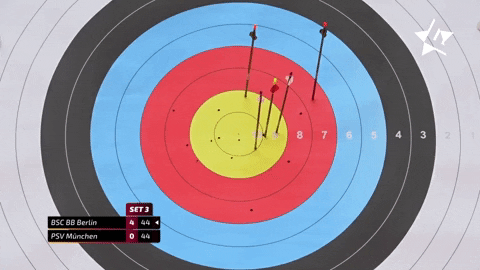Earlier this week, one of the ideas I presented to readers was to get long in Steel Dynamics, Inc. (STLD).
I wanted to get long exposure to this name without buying calls or selling a put spread, so I decided the approach should be to employ a debit call spread.
This would have allowed me to be ready for directional movement and not worry about paying for overpriced options due to an increase in implied volatility.
Today, I’m going to walk you through the details of why you would want to use a debit call spread and how you would manage this strategy under different scenarios.
Understanding the bull call spread
Although a bull call spread is a multi-leg options strategy that is more complicated than single-leg strategies like simply buying or selling puts or calls, it is among the easiest multi-leg strategies to learn because it involves buying a call option and selling a call option within the same expiration month.
The bull call spread can help minimize risk while setting specific price targets to meet your forecast.
The strategy is best used when you are moderately bullish on a stock or ETF, as opposed to being extremely bullish.
Why?
Because you forfeit any gains in the stock’s price above the strike of the call option that is sold.
In addition, gains are limited due to the net cost of the premiums for the two call options.
While you may be questioning the rationale here, it’s important to understand that the reason you would consider this trade in the first place is because your original thesis is based on the fact that you are only moderately bullish.
Therefore, your original plan is to play for mild directionality, not a homerun.
Based on this understanding, a bull call spread is also favored over straight calls because they allow for a cheaper entry price, especially when volatility and options premiums may be on the rise
Finally, the bullish call spread allows you to identify fixed risks.
Here’s how it works
First, you need a forecast.
Say XYZ is trading at $89.25 per share.
You are moderately bullish and believe the stock will rise to $100 over the next 30 days.
A bull call spread involves buying a lower strike call and selling a higher strike call.
For example,
Buy a lower $90 strike call
Sell a higher $100 strike call
By buying one call option and selling another, you’ve hedged your position.
As noted earlier, if the stock trends higher you have the potential to make money. However, the drawback here is that you are giving up some profit potential.
Don’t forget, by hedging you are reducing your risk.
The other benefit has to do with the fact that you are reducing the cost of entry by selling a call at the same time.
In the end, you now know your maximum profit and loss in advance.
Here’s an example of how it all comes together.
Trade date = July 1
Current stock price = $89.25
Your target = $100
Expected time to reach target = 3 weeks
The trade: (Note: This is just one of many possible ways to set this trade up using different strike prices.)
Trade Parameters Cost
Buy (debit) 1 ABCD August 5th $90 call at $7.10 -> 100 shares x $7.10 = $710
Sell (credit)1 ABCD August 5th $100 call at $4.30 -> 100 shares x $4.30 = $430
This trade costs $280 (the $710 debit – the $430 credit = $280) plus commissions.
Max Potential- The calculation for finding this trade’s max profit is:
Subtract the net debit you paid for the trade from the difference between the strike prices. For example:
$100 – $90 = $10 x 100 shares = $1000
– $7.20 – $4.30 = $2.80 x 100 shares = $280
Max Potential = $720
Max Risk = The initial debt paid, or $280.
It’s important to understand that while some traders try to hold the trade through expiration to receive maximum profit, it’s often good practice to close the bull call spread prior to expiration if your profit target has been reached.
Why?
Because you want to remove any unnecessary risk that could arise if the market happens to reverse against you so close to expiration.
Also, there’s the possibility of early assignment.
There’s always the potential you’ll be assigned early, prior to expiration, on the short call leg of this trade. If this occurs, you may want to exercise the long call.
To become a successful spread trader, you must have a strong understanding of the time decay and implied volatility variables that can affect your results.
Total Alpha subscribers have access to all the resources necessary to help you on this journey.
Comments are closed.






1 Comments
Thanks, Jeff! I’ll check it out! KD